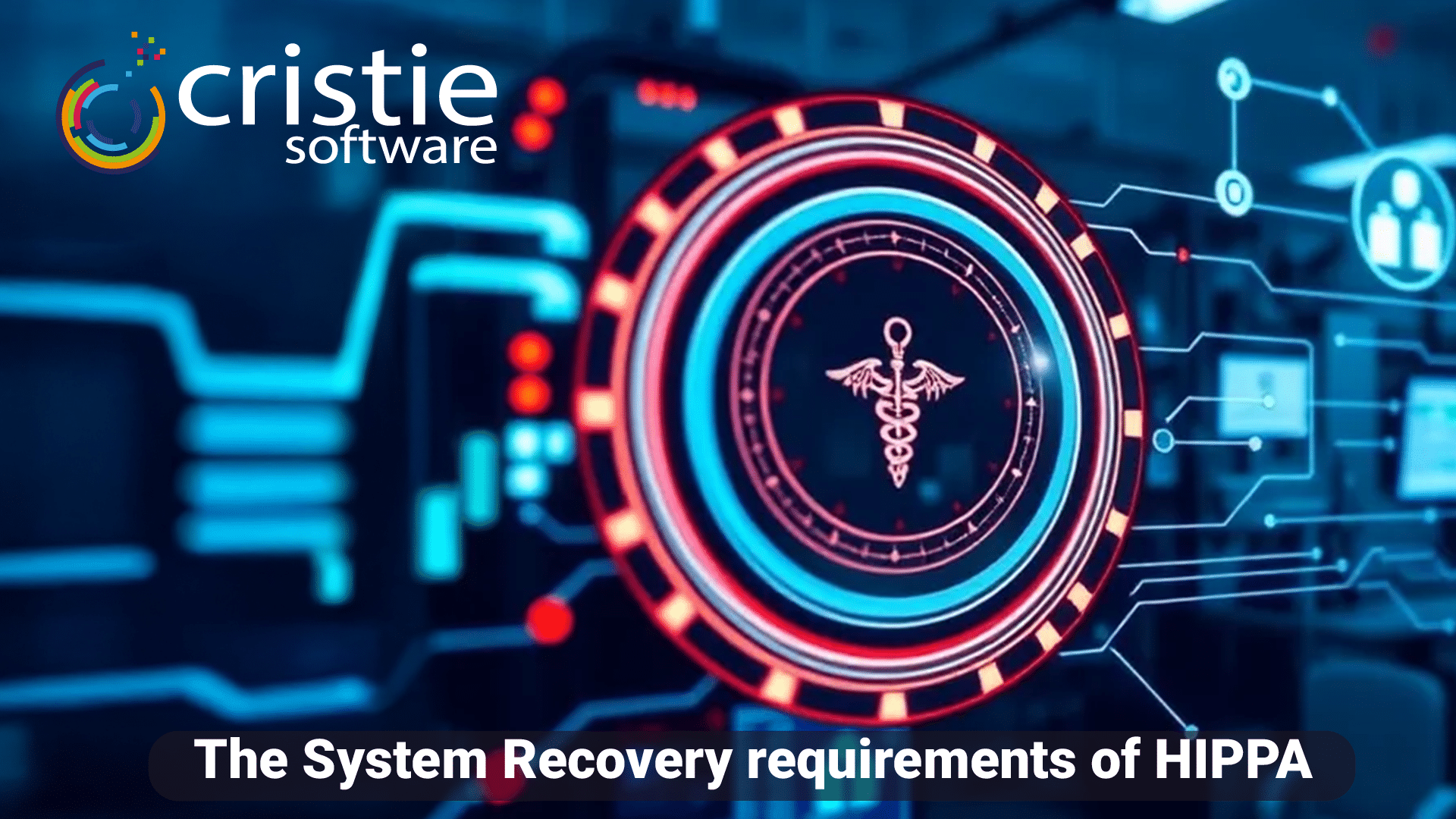HIPAA has specific regulations regarding system recovery within the healthcare sector, particularly under the Security Rule, which focuses on safeguarding electronic protected health information (ePHI). While HIPAA doesn’t prescribe specific technical solutions, it establishes guidelines that healthcare providers and related entities must follow to ensure the confidentiality, integrity, and availability of ePHI during system recovery scenarios. Here are the key components relevant to system recovery:
- Contingency Planning Requirements
The HIPAA Security Rule mandates that covered entities (healthcare providers, health plans, clearinghouses) and their business associates (including IT service providers handling ePHI) develop a Contingency Plan to ensure the continuity of access to ePHI during emergencies, including system failures. This is outlined in 45 CFR § 164.308(a)(7) and includes five key implementation specifications:
- Data Backup Plan
– Requirement: Covered entities must establish a data backup plan that includes creating and maintaining retrievable, exact copies of ePHI. This ensures that, in the event of a system failure, ePHI can be recovered and restored from secure backups.
– Purpose: To prevent data loss and ensure ePHI is available for patient care and other essential functions after an emergency or system malfunction.
- Disaster Recovery Plan
– Requirement: A disaster recovery plan must be in place to restore any loss of data due to an emergency or disaster (such as hardware failure, cyberattacks, or natural disasters).
– Focus on System Recovery: This plan specifically addresses how to restore and recover ePHI and essential systems to operational status after a disruption. Healthcare organizations must ensure their systems can recover within a reasonable time frame to avoid prolonged downtime, which could affect patient care.
- Emergency Mode Operation Plan
– Requirement: This involves establishing procedures to ensure the continuation of critical business processes and security measures to protect ePHI while operating in emergency mode.
– Relevance to System Recovery: If a system failure occurs, healthcare providers need to continue functioning in a secure manner, which could involve alternative methods for accessing or handling ePHI while the primary systems are restored.
- Testing and Revision Procedures
– Requirement: HIPAA mandates regular testing and updating of the contingency plans to ensure they work effectively when needed.
– System Recovery Testing: Healthcare organizations should routinely test their backup and recovery systems to confirm that they can successfully recover ePHI, and that the recovery processes are efficient and reliable. Any weaknesses identified during testing should be addressed and revised in the plan.
- Applications and Data Criticality Analysis
– Requirement: Organizations must assess and prioritize the most critical systems and data that need to be restored first in the event of a system failure.
– Recovery Prioritization: This analysis helps determine which systems must be recovered first, ensuring that the most important functions (e.g., patient care applications) are prioritized during the recovery process.
- Risk Management
Under HIPAA’s Security Rule (45 CFR § 164.306(b)(2)), healthcare entities must conduct risk assessments to identify vulnerabilities that could impact the availability of ePHI and implement appropriate security measures to mitigate those risks. System recovery is a crucial component of managing the risk of potential data loss or breaches due to system failure.
- Encryption and Safeguards
HIPAA encourages the use of encryption for ePHI, particularly in transit and at rest. While not mandatory, if ePHI is encrypted and inaccessible during a breach or system failure, it provides an additional layer of protection. If encrypted systems are being recovered, encryption keys and security protocols must be part of the recovery process to ensure that data remains secure.
- Business Associate Agreements (BAAs)
If a healthcare provider outsources data hosting, backup, or disaster recovery services, the provider must ensure that the business associate complies with HIPAA’s system recovery and contingency plan requirements. This is outlined in the Business Associate Agreement (BAA), which specifies the responsibilities of third-party vendors in protecting ePHI, including system backup and recovery.
- Reporting and Breach Notification
If a system failure results in the unauthorized access, use, or disclosure of ePHI, HIPAA requires that it be treated as a breach. This could trigger the Breach Notification Rule (45 CFR § 164.400-414), which mandates that covered entities notify affected individuals, the U.S. Department of Health and Human Services (HHS), and possibly the media, depending on the scale of the breach. Effective system recovery can help minimize the likelihood and impact of such breaches.




